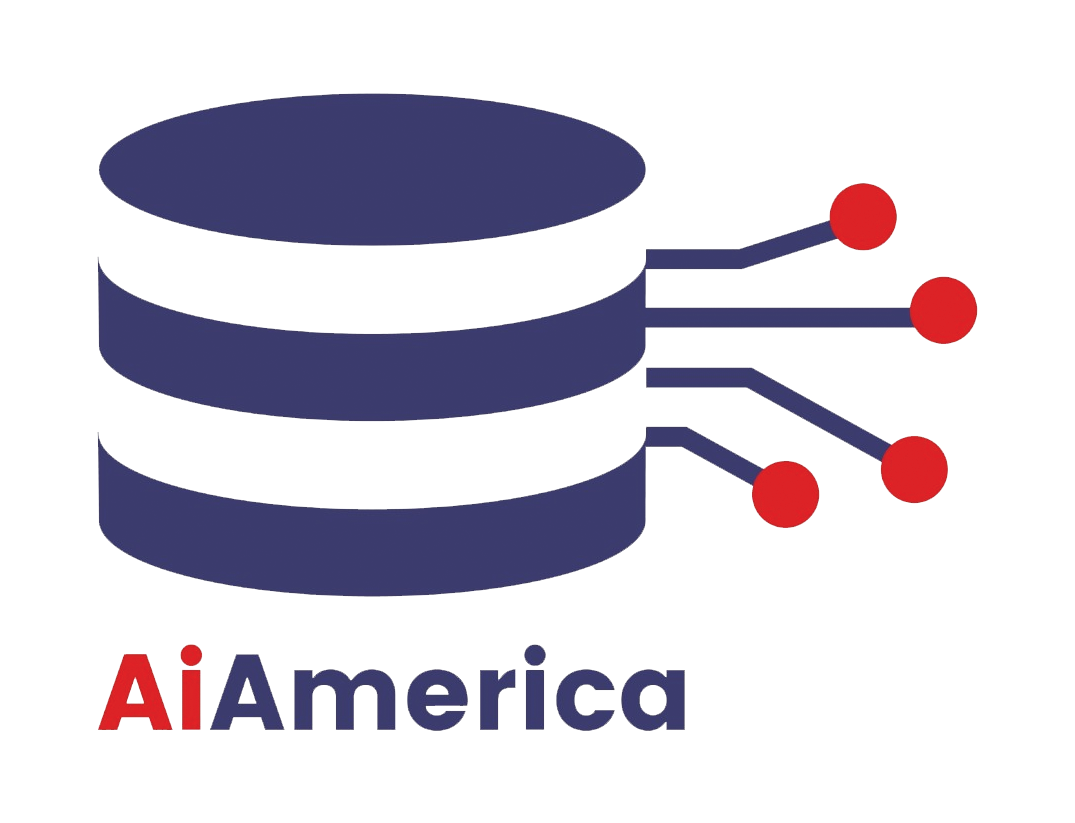
Close

In the realm of data analysis, uncovering hidden structures within datasets can often be akin to unraveling the layers of a complex puzzle. Hierarchical clustering, a powerful unsupervised learning technique, is the tool that can help you peel back these layers and reveal invaluable insights. In this blog post, we’ll take a deep dive into hierarchical clustering, exploring its principles, practical applications, and why it’s a valuable asset in the data scientist’s toolkit.
Understanding Hierarchical Clustering: An Introduction
Hierarchical clustering is a clustering algorithm that arranges data points into a tree-like structure, also known as a dendrogram. This tree represents a hierarchy of clusters, where the leaves of the tree are individual data points, and the internal nodes represent groups of data points (clusters) at different levels of granularity.
How Hierarchical Clustering Works
Hierarchical clustering operates in a straightforward manner:
Initialization: Each data point is treated as an individual cluster, and the algorithm begins with as many clusters as there are data points.
Agglomeration: The algorithm iteratively merges the two closest clusters into a single cluster, reducing the total number of clusters by one in each step. The “closeness” of clusters is determined using a distance metric, often Euclidean distance.
Dendrogram Formation: Throughout this process, a dendrogram is constructed, capturing the hierarchy of clusters at different levels of granularity.
Stopping Criterion: The process continues until a stopping criterion is met. This can be a predefined number of clusters or a threshold distance that defines the maximum allowable dissimilarity between data points within a cluster.
Practical Applications of Hierarchical Clustering
Hierarchical clustering has a wide range of applications, including:
Biology: Hierarchical clustering is used in genomics to cluster genes based on their expression patterns or in taxonomy to classify species.
Marketing: Businesses apply hierarchical clustering to segment customers based on purchasing behaviors, creating targeted marketing strategies.
Image Analysis: It’s used in image processing for object recognition and classification.
Anomaly Detection: Hierarchical clustering can identify anomalies in various datasets, including network traffic and financial data.
Why Choose Hierarchical Clustering with AI America
At AI America, we understand the importance of hierarchical clustering in unraveling complex data structures and extracting meaningful insights. Our team of data scientists harnesses the power of hierarchical clustering to help organizations make informed decisions, discover hidden patterns, and optimize operations.
Conclusion: Revealing Insights Layer by Layer
In an increasingly data-driven world, the ability to navigate complex datasets and discover meaningful patterns is invaluable. Hierarchical clustering serves as a guiding light in this journey, providing a hierarchical view of data relationships. At AI America, we believe that hierarchical clustering is essential in unlocking layers of insight that drive innovation across various industries. As we continue to explore and apply this technique, we are committed to helping organizations peel back the layers of their data, one cluster at a time.